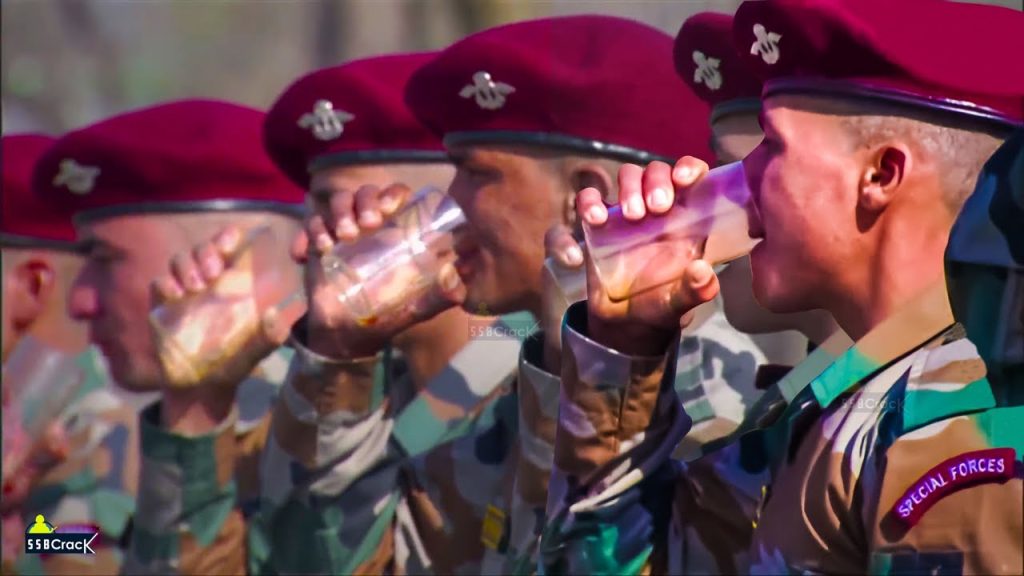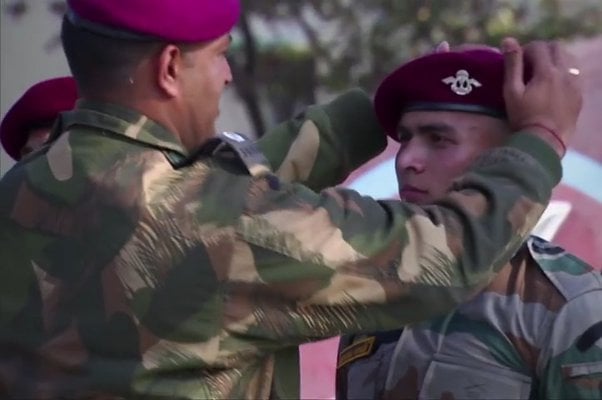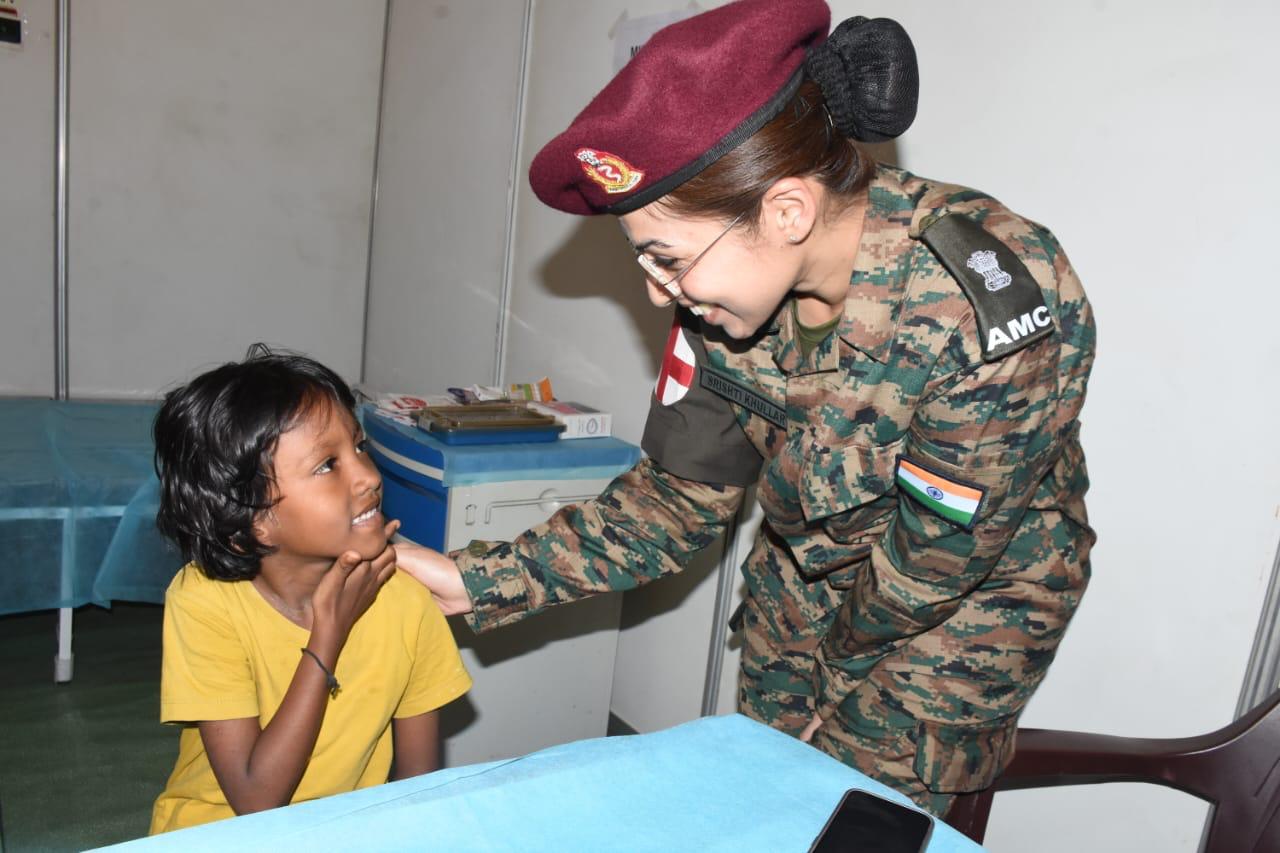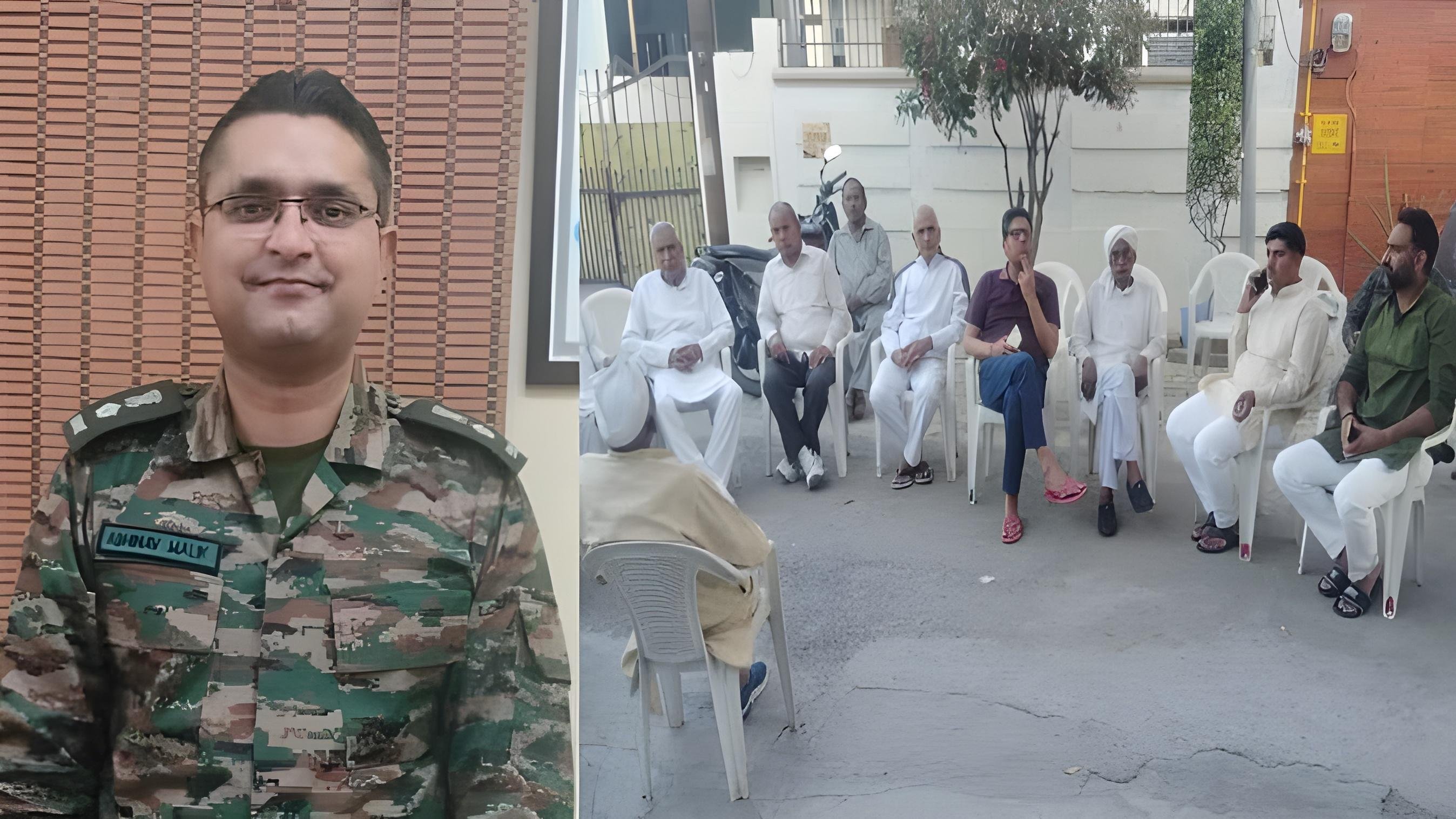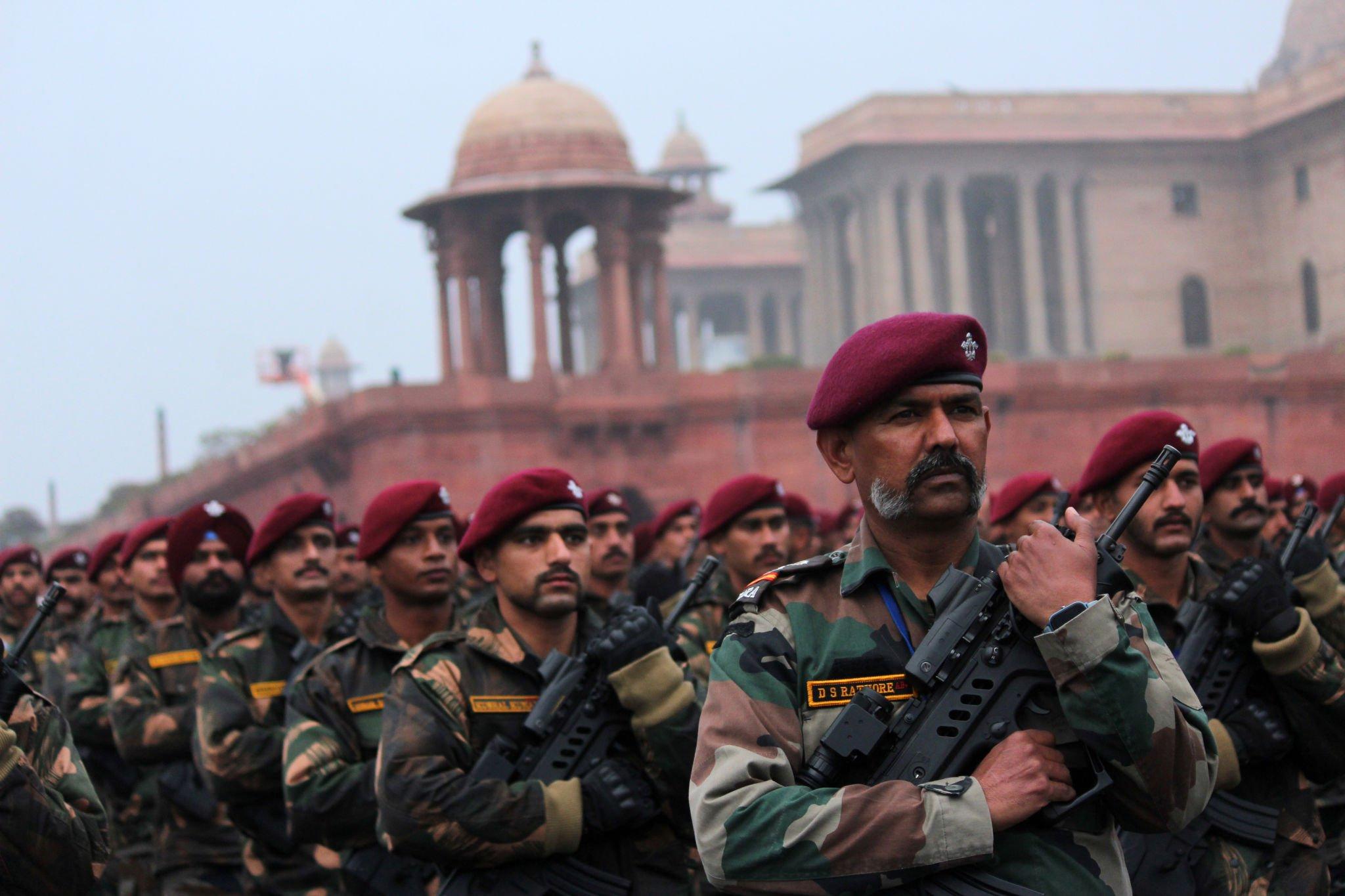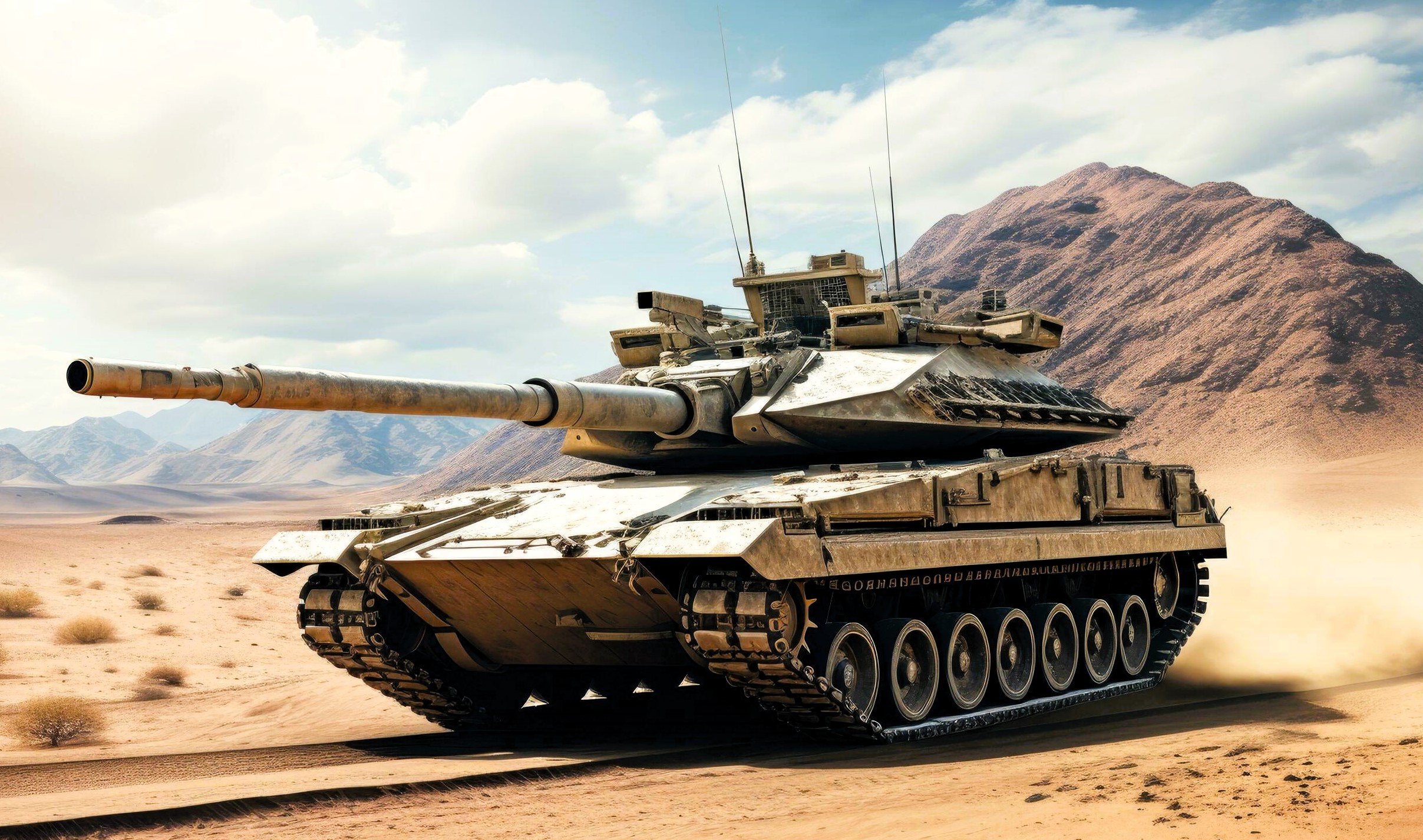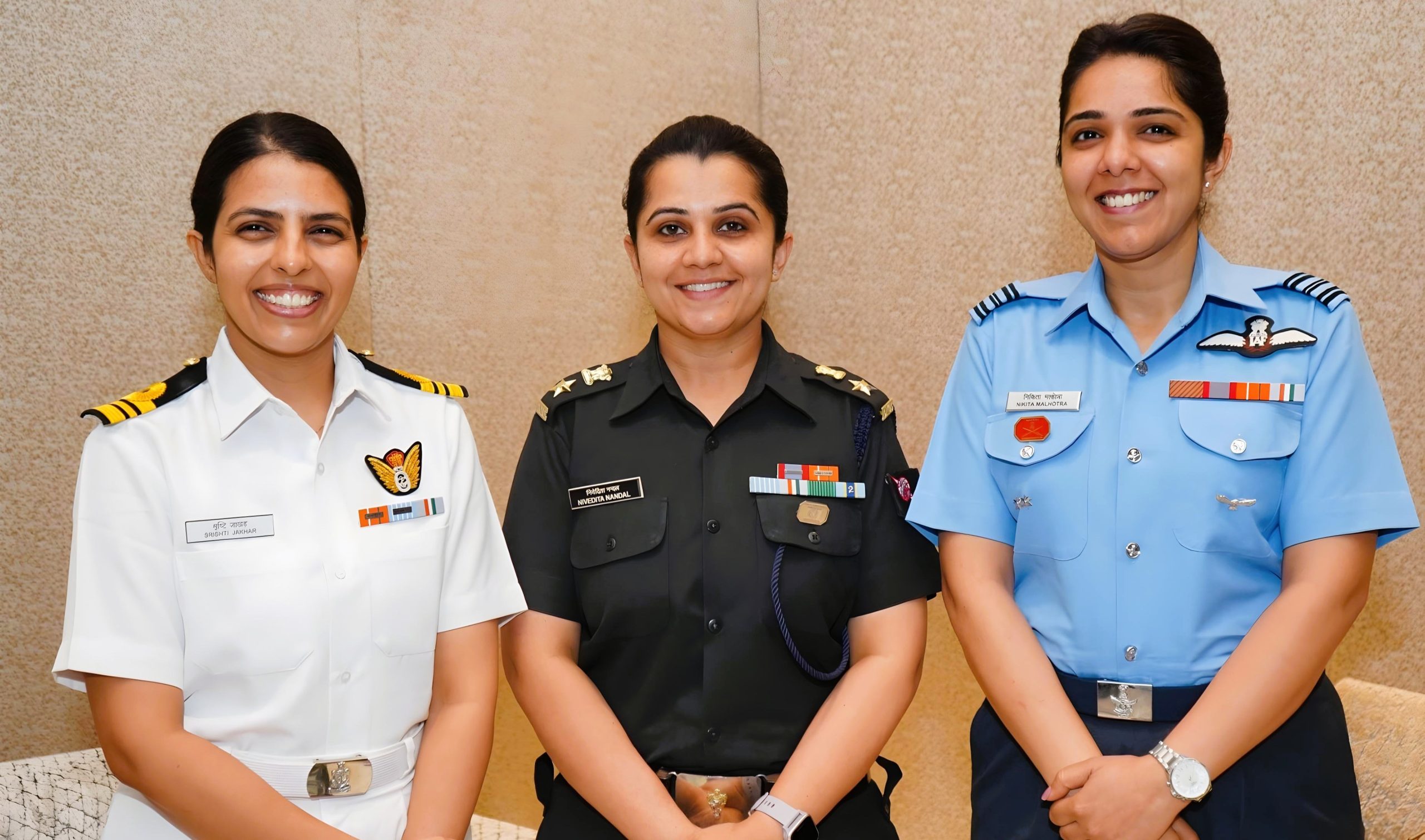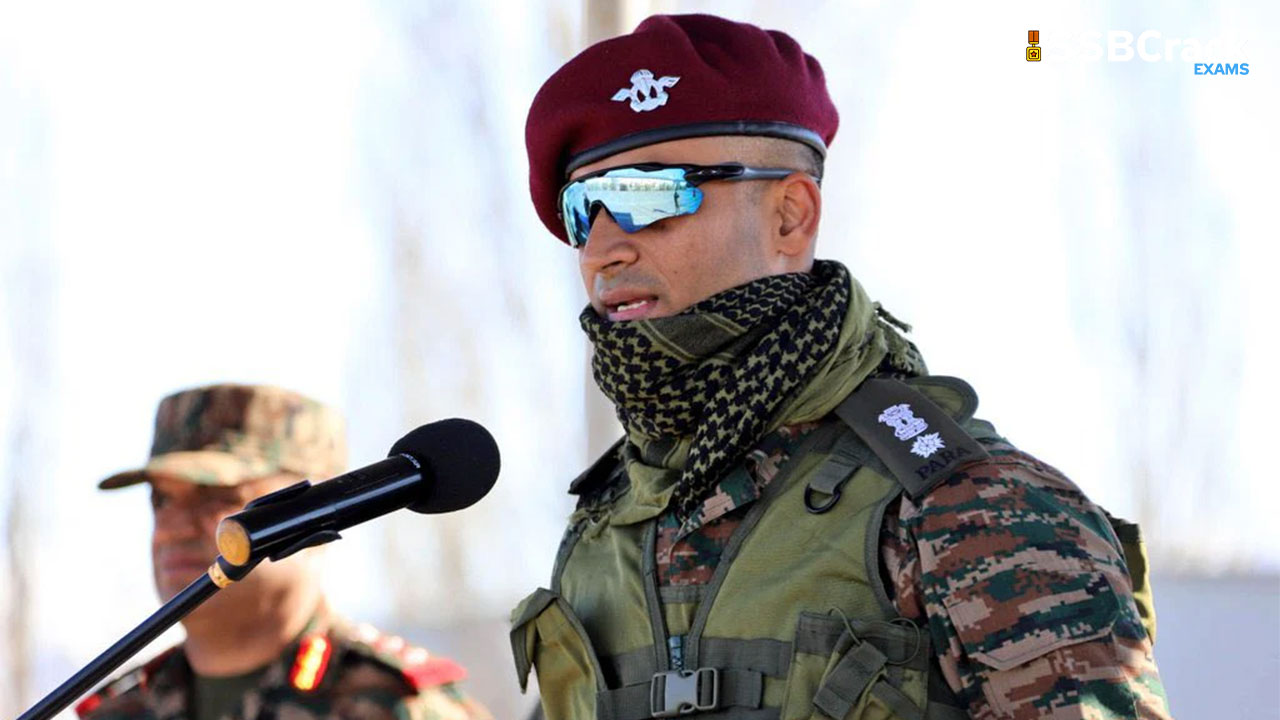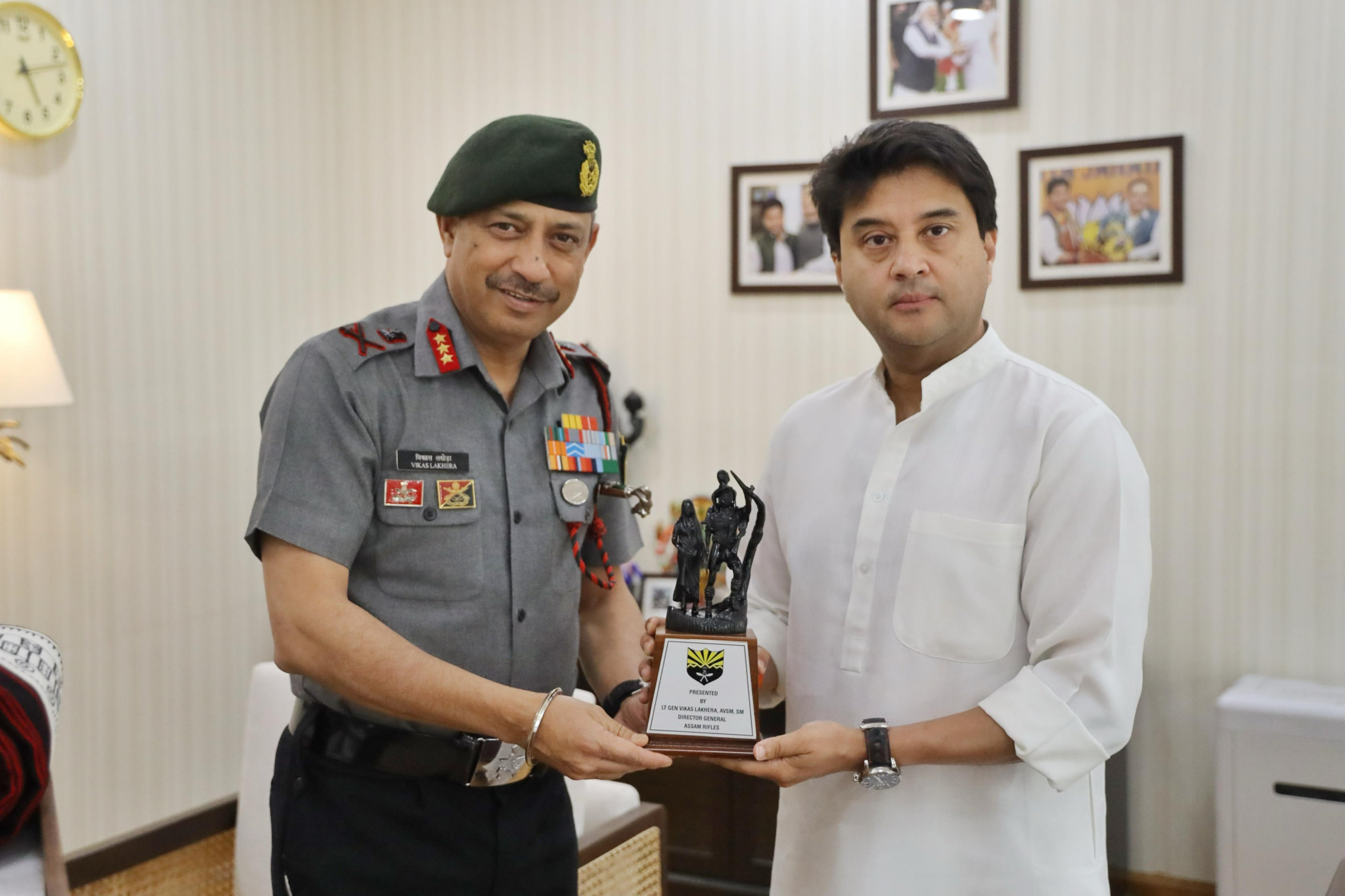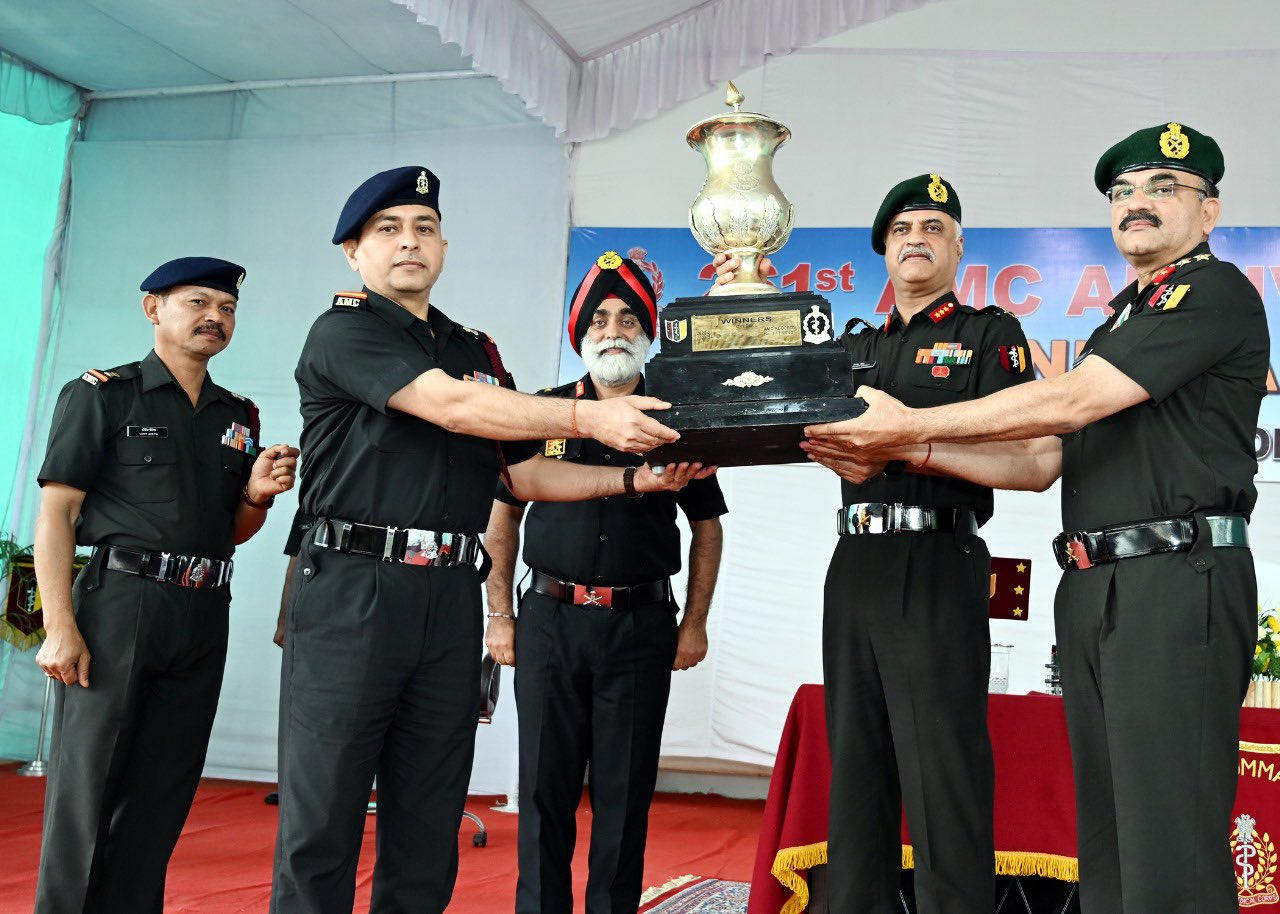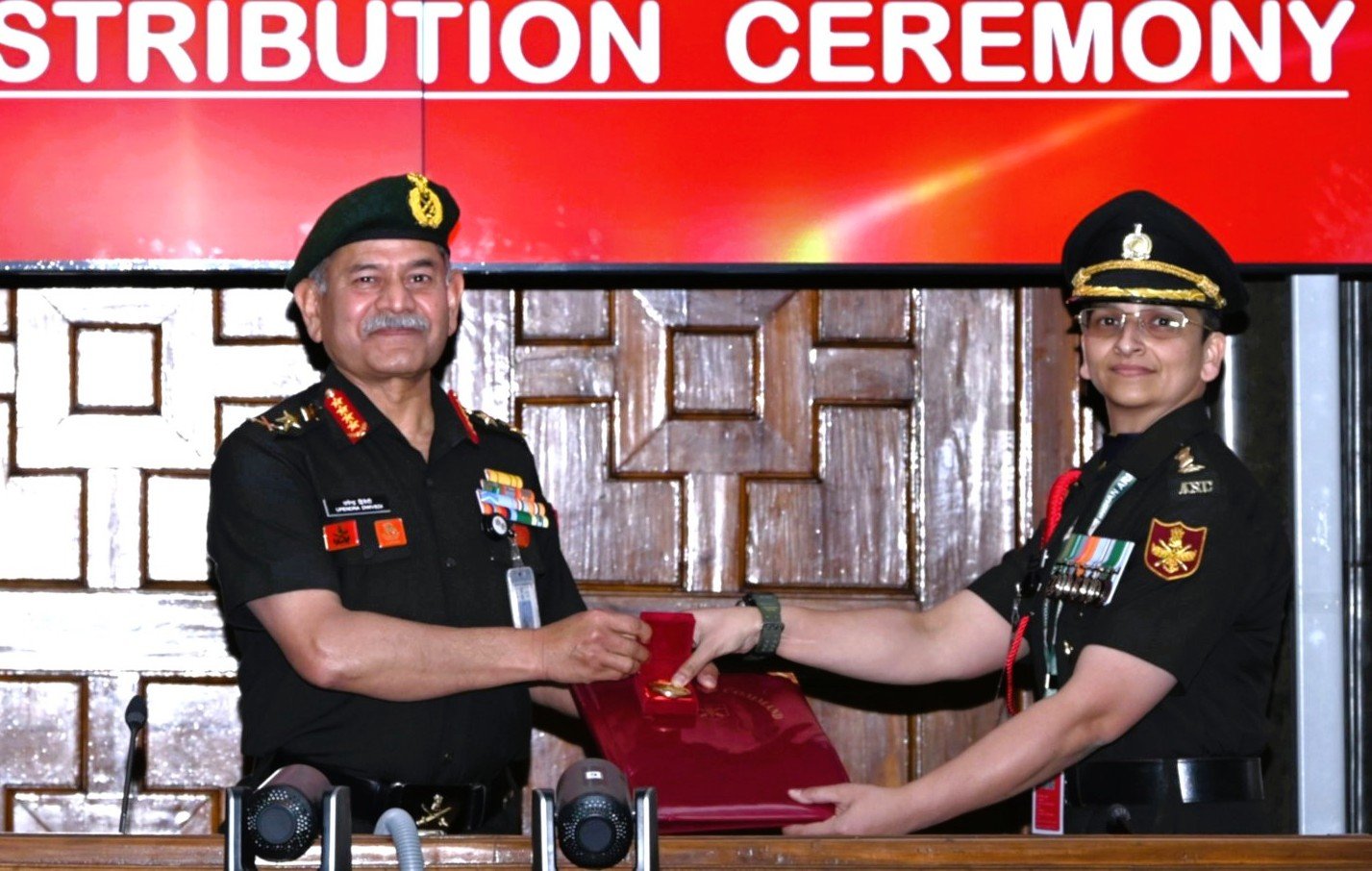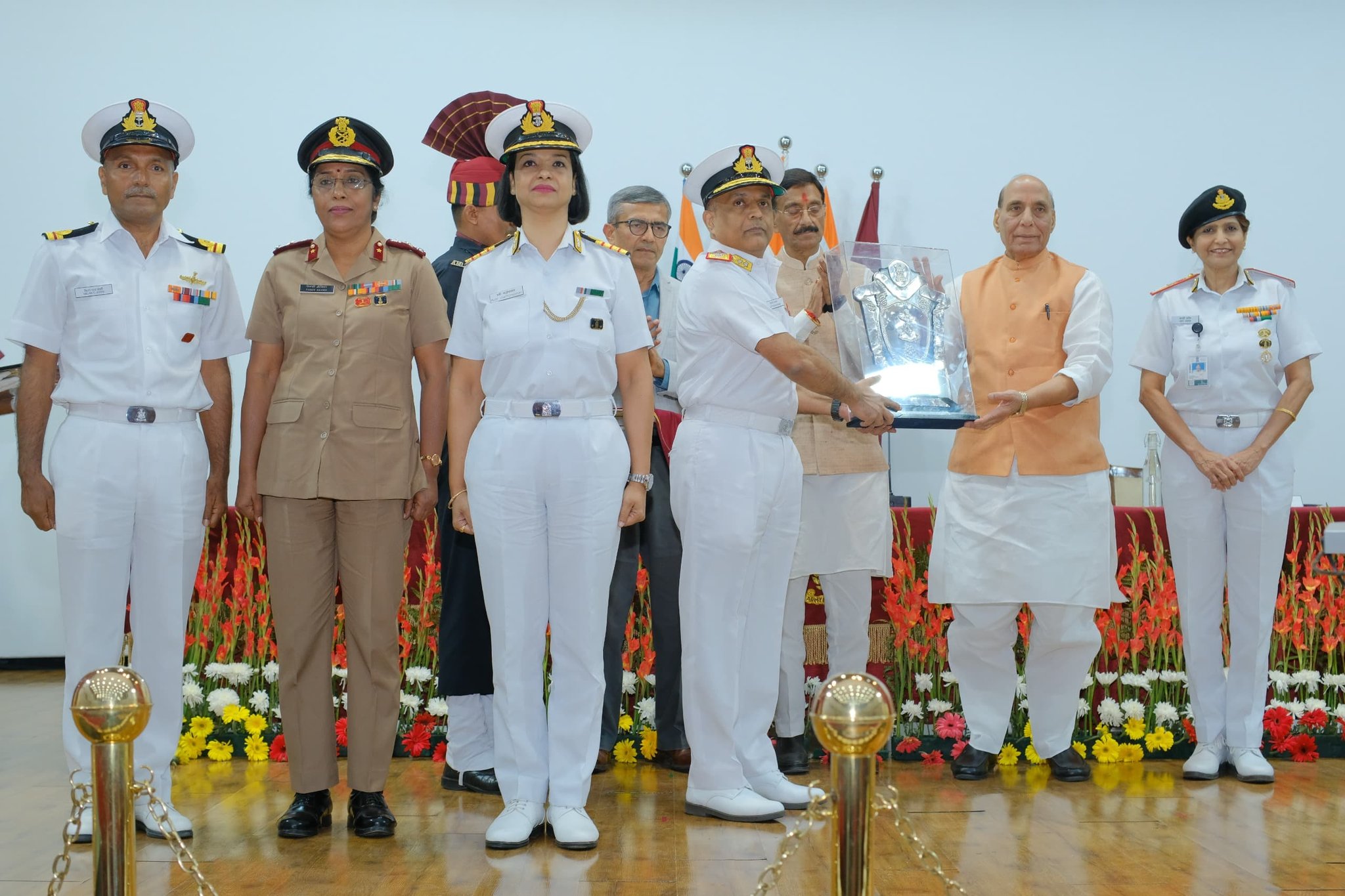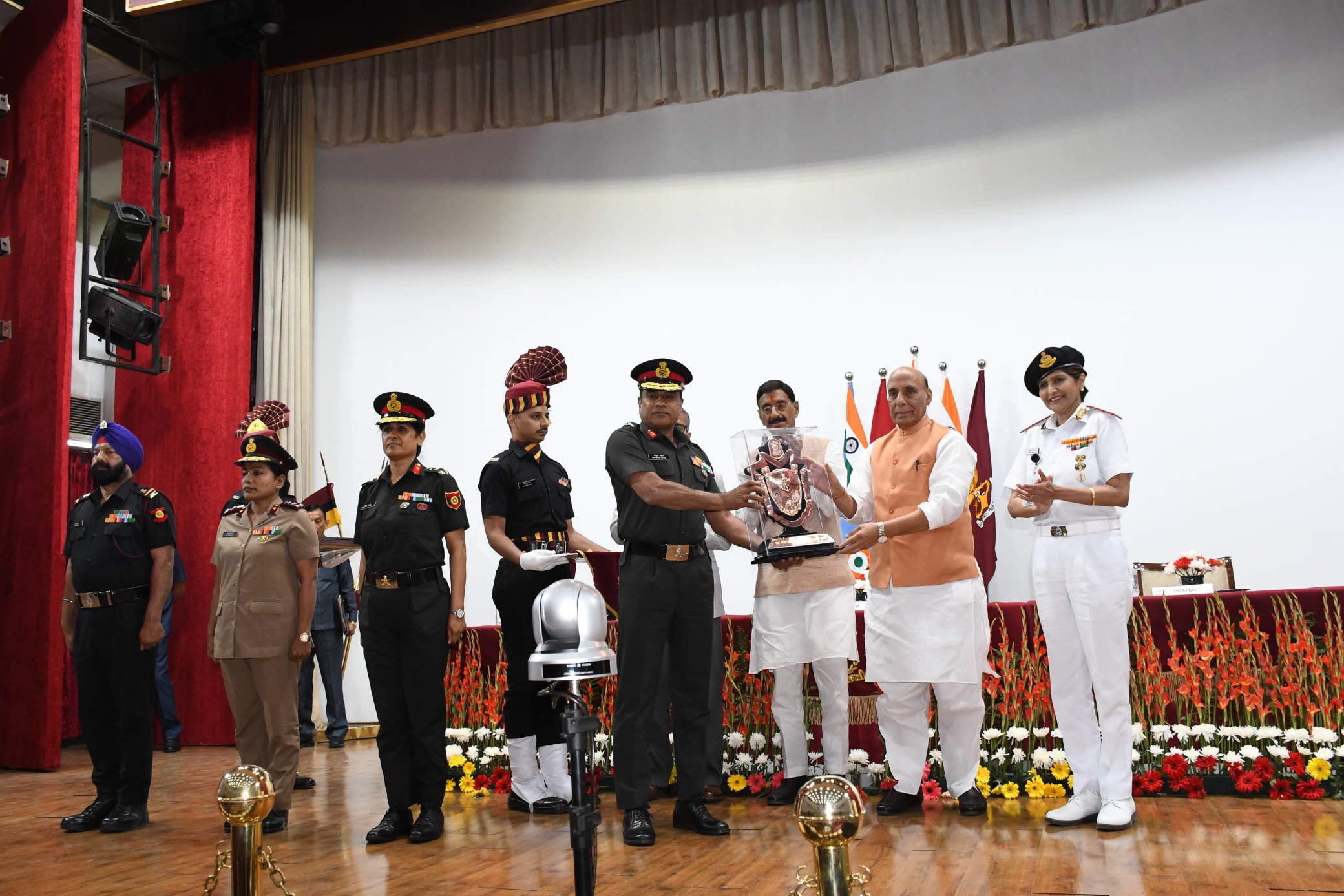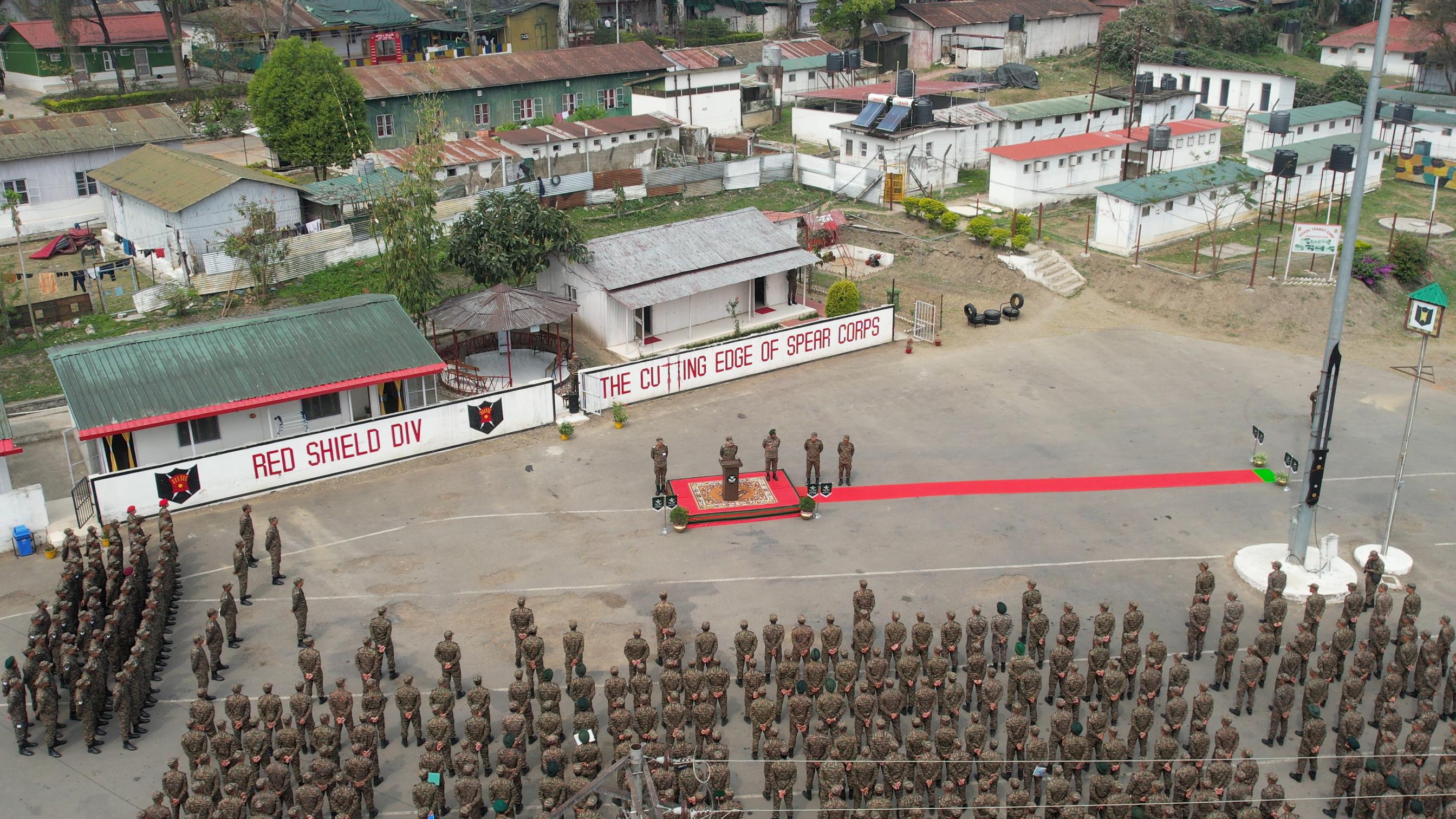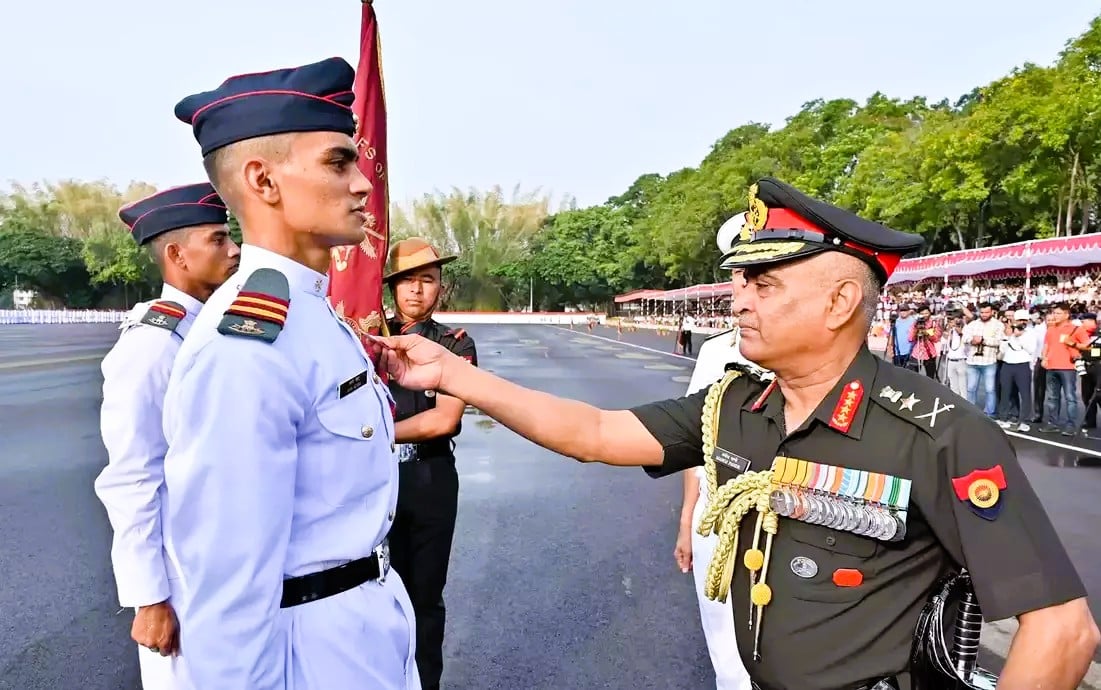Upon completing their basic training at the Parachute Regimental Centre, recruits have the opportunity to join either the Parachute Battalions (airborne) or the Parachute Special Forces (SF) Battalions, based on their preferences and available vacancies.
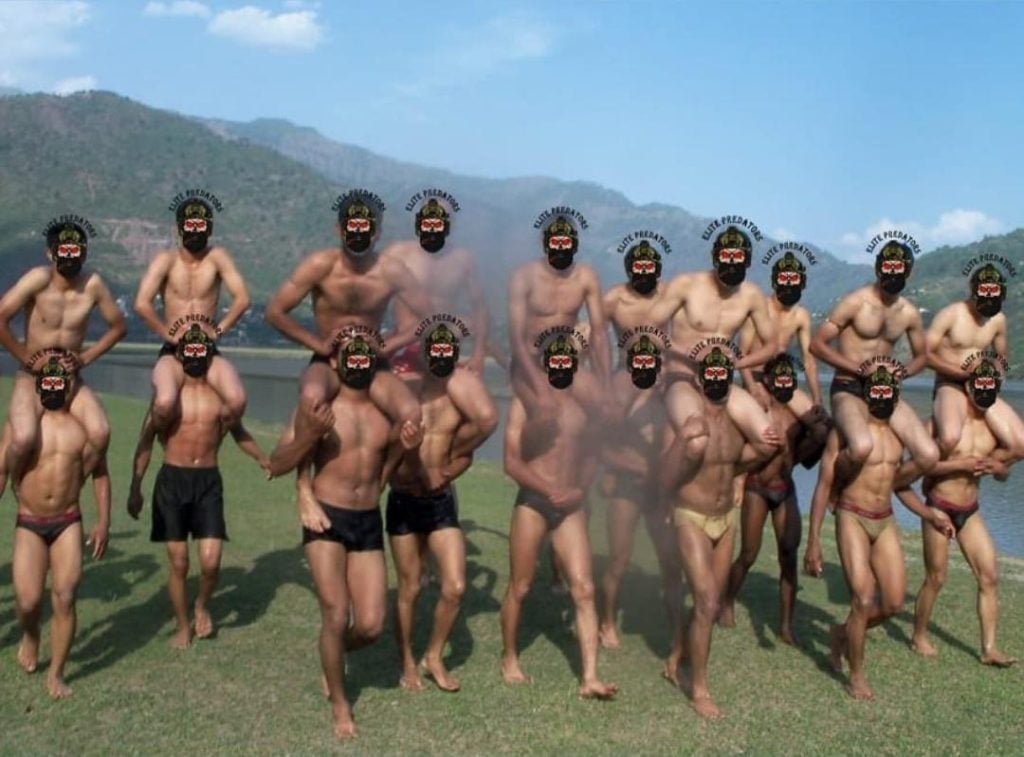
At the unit level, these recruits may be joined by other volunteer soldiers from different Arms/Services battalions or regiments of the Indian Army. This combined group of recruits undergoes a scheduled selection and training procedure known as the para/SF probation. While the exact duration of this procedure may vary (typically ranging from 90 to 180 days), it serves as a crucial phase for evaluating the candidates. The para/SF probation is known for its challenging nature, resulting in high drop-out rates.
Only those individuals who successfully complete the probation period are accepted by the unit and subsequently posted to their designated unit by the Para Records.
During this probation period, candidates who have successfully completed the initial selection process for the Para SF undergo rigorous training to further develop their physical fitness, mental toughness, and specialized skills required for special operations. The training includes various aspects such as combat skills, parachute jumps, endurance training, navigation, and other specialized training modules.
The training program for Para Special Forces (Para SF) commandos is designed to be highly rigorous, physically demanding, and mentally challenging. It aims to develop the skills and capabilities required for special operations and to ensure that candidates are prepared for a wide range of combat scenarios.
Overview of the key elements typically involved in Para SF commando training.
- Basic Training: Candidates undergo initial basic military training to develop their physical fitness, discipline, and teamwork abilities. This phase focuses on physical conditioning, weapon handling, field craft, navigation, and small unit tactics.
- Parachute Training: Para SF commandos are renowned for their airborne operations. Candidates undergo extensive parachute training to become proficient in various types of jumps, including static line jumps, HALO (High Altitude Low Opening) jumps, and HAHO (High Altitude High Opening) jumps.
- Combat Training: Commandos receive specialized combat training, which includes close quarters combat (CQC), marksmanship, sniper training, urban warfare, counter-terrorism tactics, demolitions, and handling of various weapons and explosives.
- Unconventional Warfare: Candidates learn unconventional warfare tactics, which involve operating behind enemy lines, conducting reconnaissance, intelligence gathering, sabotage, and guerrilla warfare techniques. They are trained to adapt to different terrains and environmental conditions.
- Survival Training: Commandos undergo survival training to learn how to survive in extreme conditions, such as jungles, deserts, mountains, and underwater environments. They learn techniques for finding food and water, shelter construction, and navigation without modern technology.
- Specialized Skills: Para SF commandos may receive training in specialized skills, such as combat diving, combat medical procedures, HALO/HAHO techniques, advanced communications, and intelligence gathering.
- Endurance and Physical Fitness: The training program emphasizes physical fitness and endurance to ensure commandos can perform at their peak under challenging circumstances. This includes long-distance running, obstacle courses, high-intensity interval training, and other demanding physical exercises.
It’s important to note that the training for Para SF commandos is highly selective, and candidates undergo a stringent selection process before being accepted into the training program. The actual duration and specific components of the training may vary based on the organization, mission requirements, and evolving training methodologies. The training is designed to prepare commandos for the complex and demanding nature of special operations, where they may be deployed in high-risk environments to execute critical missions.



